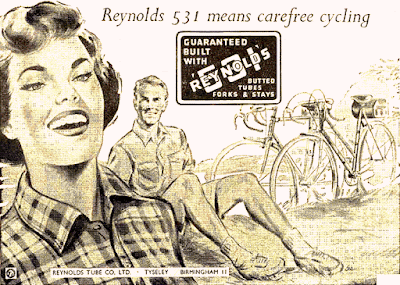Around this time every year, two of my uncles took hunting trips. They and some of their buddies would drive upstate, usually to the Catskills, in pursuit of deer or whatever else they could shoot. Sometimes they went with bows and arrows; on other trips, they brought rifles. I would learn that hunting season was delineated not only by the prey (deer, bear, moose) but also weapons (bow or gun).
On a few occasions, they said they'd "bagged" a "big one" but couldn't bring it home. (Sounds like a "fish story", doesn't it?) But I recall one other time they actually brought back a deer carcass and we ate a lot of venison (which I liked) that fall and winter. Another time, they brought back the antlers. To this day, I choose to believe that they actually let their buddies take the rest of the animal: Being the city kid I was (and am), I wouldn't have known whether they bought their "pointers" in some gift shop.
Although it's something I could never do myself, I have always had respect for hunting. Some of that, of course, ,may simply have been a result of my love for my uncles-- one of whom is my godfather and my only still-living uncle. If nothing else, I came to see that someone who shoots an animal is very, very unlikely to turn his gun on a human being. Also, I learned that the chase requires self-discipline and a respect for the animal whose trail you are following. Finally, I have come to realize that a certain amount of hunting is actually necessary, as the animals' natural predators are all but gone in many areas. Even though the thought of shooting an animal does not appeal to me, I would rather that some animals were shot by sports people than to see many, many more starve and freeze to death during the winter.
Still, I smile on those rare occasions when I see a set of antlers tied to a roof rack. Honestly, I still couldn't tell you whether they were actually hunted by the vehicle's driver or passengers, or whether they came from some store.
I probably wouldn't care whether or not they were real if they were transported this way:
I mean, really, how can you not respect someone who cycles to the hunting grounds and brings back his or her "trophy" on two wheels? ;-)
On a few occasions, they said they'd "bagged" a "big one" but couldn't bring it home. (Sounds like a "fish story", doesn't it?) But I recall one other time they actually brought back a deer carcass and we ate a lot of venison (which I liked) that fall and winter. Another time, they brought back the antlers. To this day, I choose to believe that they actually let their buddies take the rest of the animal: Being the city kid I was (and am), I wouldn't have known whether they bought their "pointers" in some gift shop.
Although it's something I could never do myself, I have always had respect for hunting. Some of that, of course, ,may simply have been a result of my love for my uncles-- one of whom is my godfather and my only still-living uncle. If nothing else, I came to see that someone who shoots an animal is very, very unlikely to turn his gun on a human being. Also, I learned that the chase requires self-discipline and a respect for the animal whose trail you are following. Finally, I have come to realize that a certain amount of hunting is actually necessary, as the animals' natural predators are all but gone in many areas. Even though the thought of shooting an animal does not appeal to me, I would rather that some animals were shot by sports people than to see many, many more starve and freeze to death during the winter.
Still, I smile on those rare occasions when I see a set of antlers tied to a roof rack. Honestly, I still couldn't tell you whether they were actually hunted by the vehicle's driver or passengers, or whether they came from some store.
I probably wouldn't care whether or not they were real if they were transported this way:
I mean, really, how can you not respect someone who cycles to the hunting grounds and brings back his or her "trophy" on two wheels? ;-)



